So, we have already talked about “blue pill” and it’s time to taste a red one — the one, that according to famous movie, should have led the main character out of the Matrix. In our case the newcomer from Campfire Audio has received the name IO and it indeed offers quite unusual experience.
In Ancient Greek myths IO is a daughter of king and river god Inachus, that was turned to cow for some time by fellow Olympians. However, since Campfire Audio has longing towards cosmic things, it’s natural to assume that IO here means a closest satellite to Jupiter. Of course, we might even find parallels in sound of IO and Jupiter, but I won’t do that since they have not much in common. For a new model the developers used two transducers — one for lower and one for upper part of the frequency range. The latter one has got brand T.A.E.C. technology.
The transducers are packed into a well-known shape of brand body and the IEMs have got the price around 300 USD.
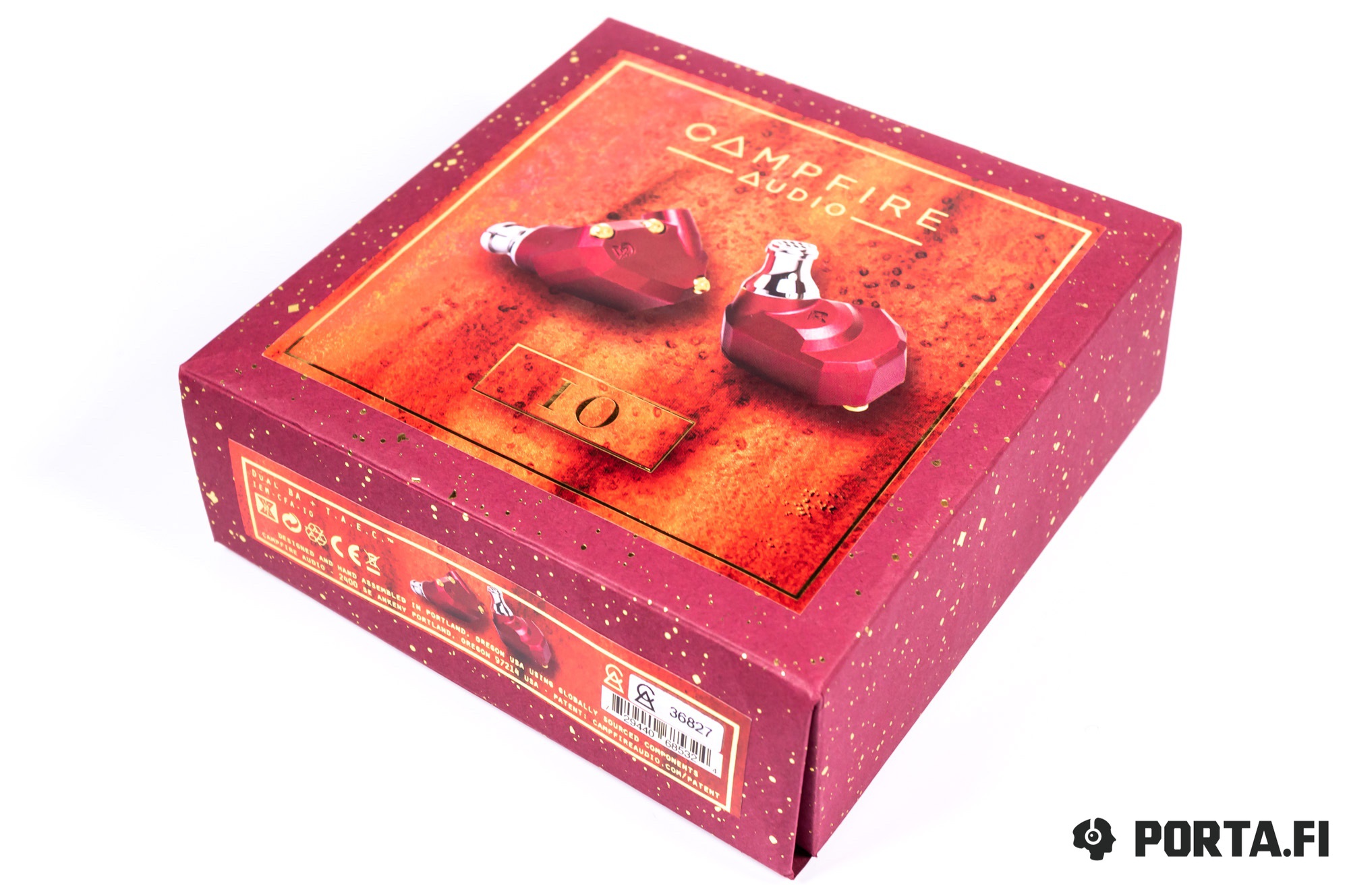
Specifications
- Transducers: 2 × balanced armature
- Frequency range: 5 Hz – 20 kHz
- Sensitivity: 105 dB/mWt
- Impedance: 17Ω
- Cable: detachable, with MMCX connectors, silver-plated litz
- Jack: 3.5 mm TRS
Accessories and packaging
Again we have a variant of Campfire packaging, but this time of red (or burgundy?) color. Funny, but the color of packaging matches not only the headphones, but stock case — just think about this attention to details. The outer packaging is off like a new year present and inside there is a box of not so thick cardboard that contains:
- headphones
- stock cable
- case
- cleaning tool
- protective bags for IEMs
- 3 pairs of foam tips
- 3 pairs of single silicone tips
- 5 pairs of Final Audio tips
- of course, the main accessory — the brand badge
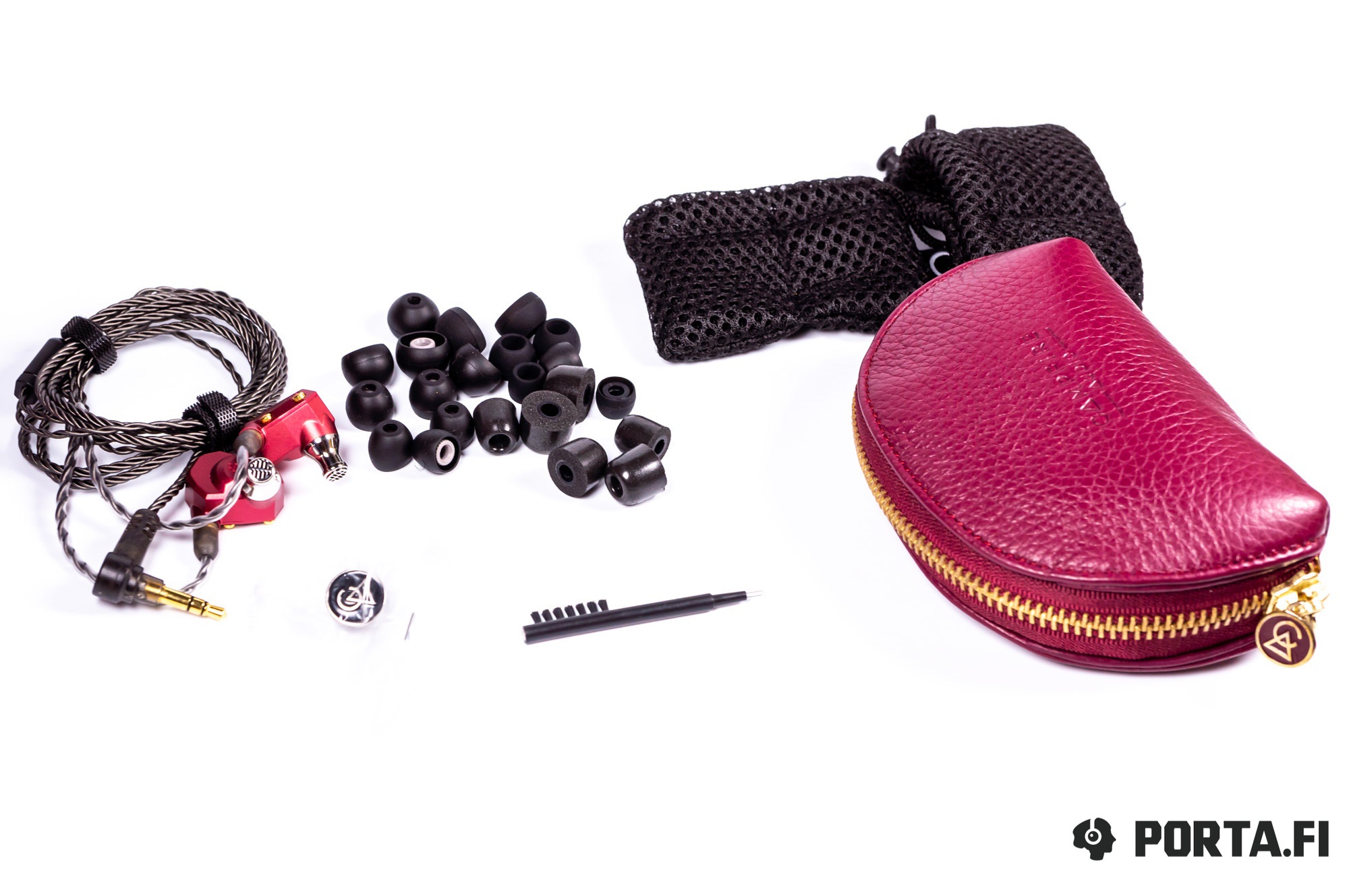
As you can see, there are no changes in accessories but the less the model costs, the better seems the accessory range. This time we can say that accessory range is very good.
Design and comfort
Another aspect where we can see brand standards in action. We have the same classical bodies that we have got in Jupiter and Orion, but it has got some updates — the inner corners are more rounded and we have better build quality here. And, what is more important — the nozzles have become longer. The color is red with gold screws and silver nozzle (Marvel fans must be very happy).
The longer nozzle is the best improvement here, since if for Jupiter and classic Andromeda we have had to carefully choose the position to be comfortable, here and in Polaris-2 there are zero problems. Just get the right tips and you will wear them for a long day. Although still someone may have ears that IO won’t suit. The noise isolation is lightly above average — it is good for everyday outdoor use, but in metro or plane you might want to increase volume (be careful with that).
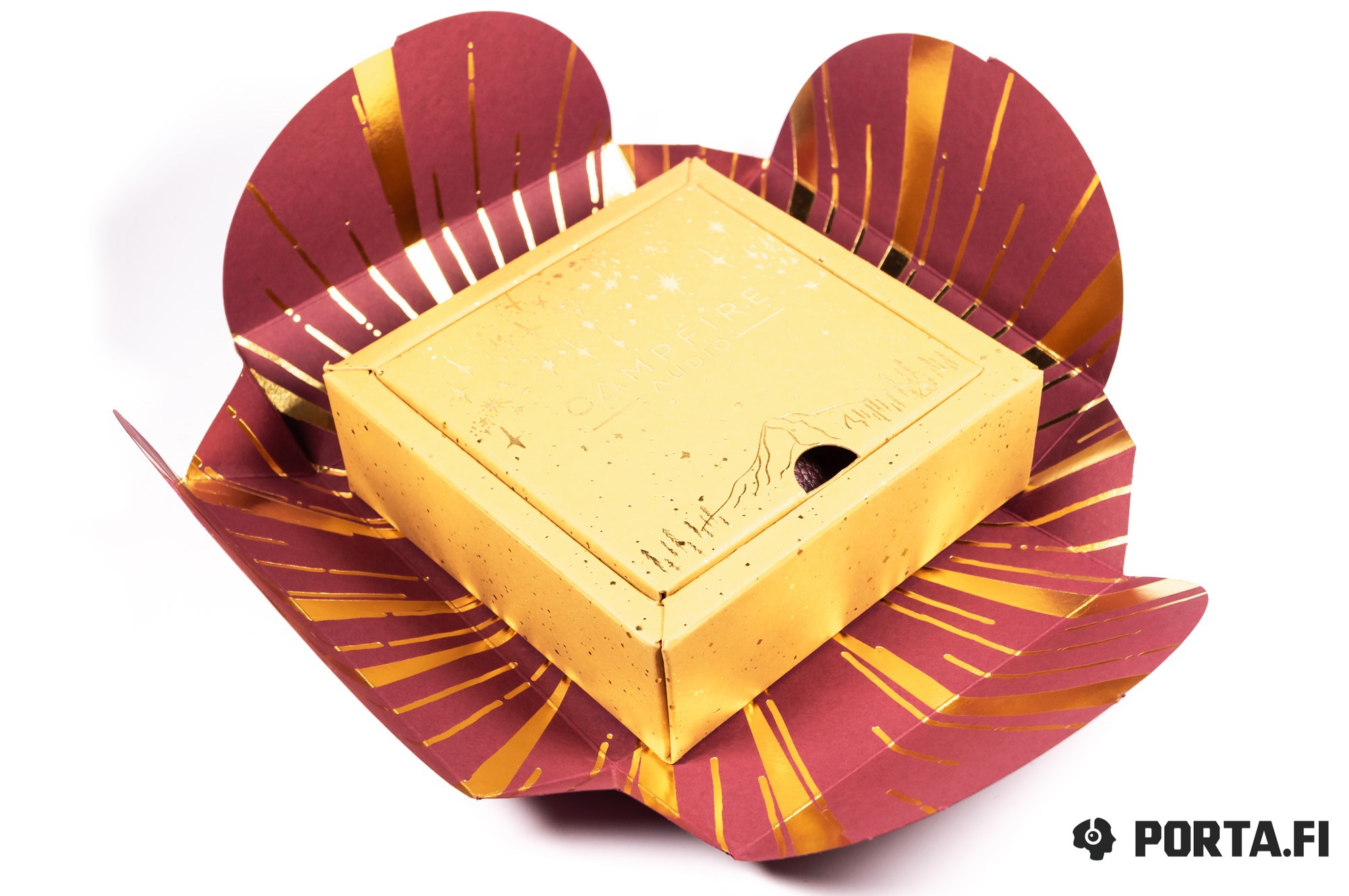
The cable is detachable and usual MMCX with beryllium coating are used — they ensure long-time hassle-free connection. The stock cable is a renewed variant of brand silver-plated litz in grey isolation. It is rather soft, has almost no microfone effect and does not stiffen during cold weather. The ear hooks are made in a modern way — with memory effect and without metal stem. Overall, aesthetically and acoustically the chord is good, it is not audiophile looking — but good solution for everyday use.
Sound
I have used the following equipment for listening purposes.
- Yulong DA10 and Resonessence Labs Concero HP as DAC and AMP
- Apple MacBook Pro Retina 2016 as a source
- Audirvana+ as a player
- Lotoo Paw Gold Touch, Astell&Kern A&ultima SP1000 and others as portable players
- Hi-Res recordings in lossless formats (Dr. Chesky The Ultimate Headphone Demonstration Disc and others)
I have allowed burn-in for 24 hours without any audible changes.
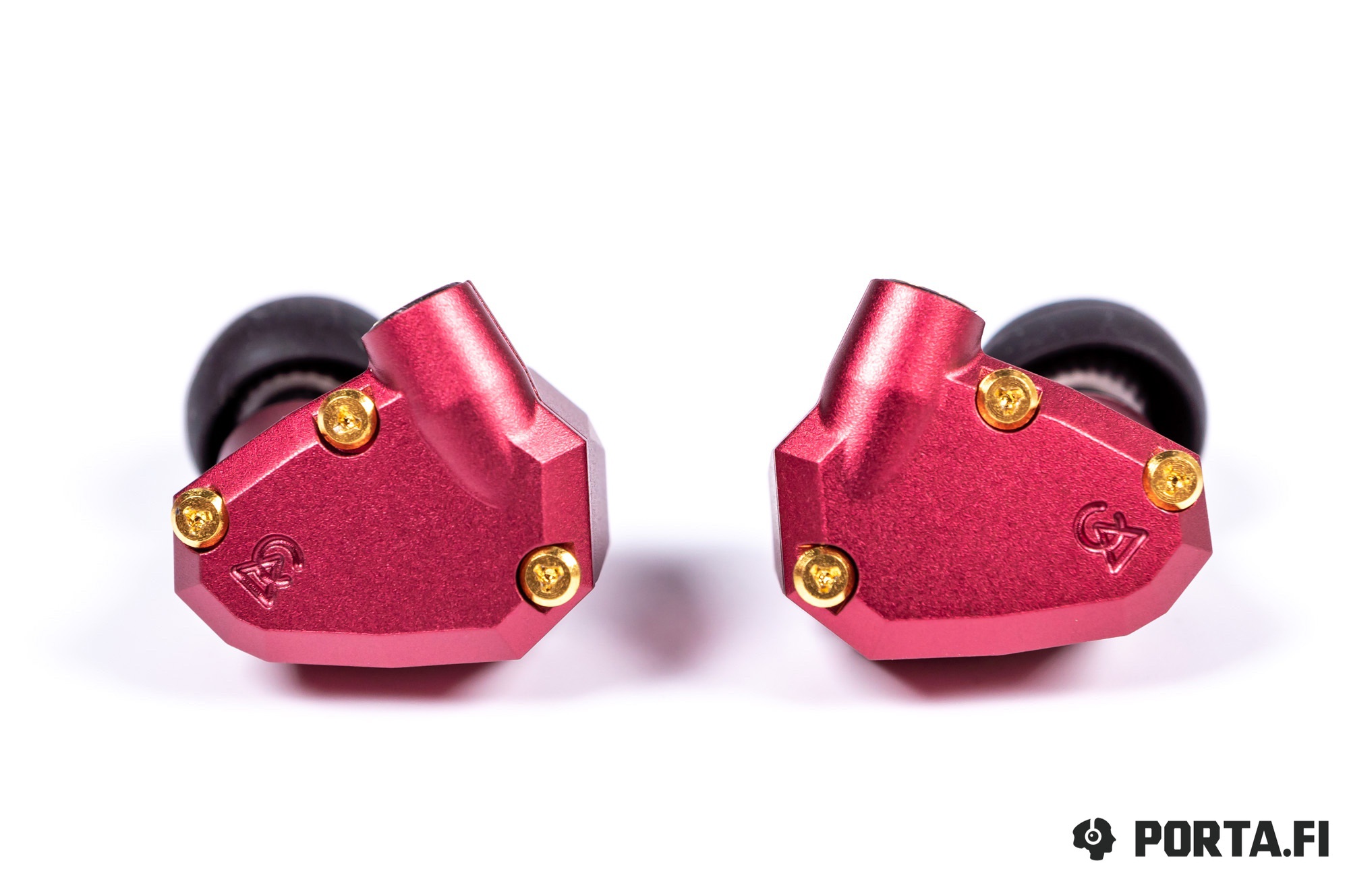
If you read the Internet reviews (and I advise against it before you actually listen to the IEMs yourself), I can just say they are quite opposite with many people loving them and as many — hating. This can give us the conclusion that CA have done an unusual tuning that gives us opposite opinions. In this review I will try to be neutral and to express my own opinion.
Bass is just what you expect from one armature low-end driver. It is quick, very detailed with slightly accelerated attacks and decays. The depth is good but since there is a single driver, there is no abundant weight so the model will not be suitable for those who love powerful bass. IO has lively lows that can be found in not synthesized instruments. The headphones have slight peak in lows, it is not too high and is made mainly to compensate the irregular hearing curve, so the bass is comprehended as flat but with enough weight.
The mids are subject to peculiarities of tuning. Due to the peak in 1-3 kHz region the upper part of the mids is striking — clear and detailed presentation, however the lower part seems to be not so detailed, while maintaining the same resolution, so it is just the matter of psychoacoustics. It is the main reason why the model has received so different reviews. Some people call them V-shaped, however they do not have too much lift on lows. Someone says about drawn back mids, but it is not quite true as well. The mids are rather detailed with more micro details in the upper mids, but it is not enough to call it striking. The IEMs are good in emotions, especially in female vocals and instruments that go into the upper mid parts. The sound stage is above average in width and average in depth with normal 3-D effect.
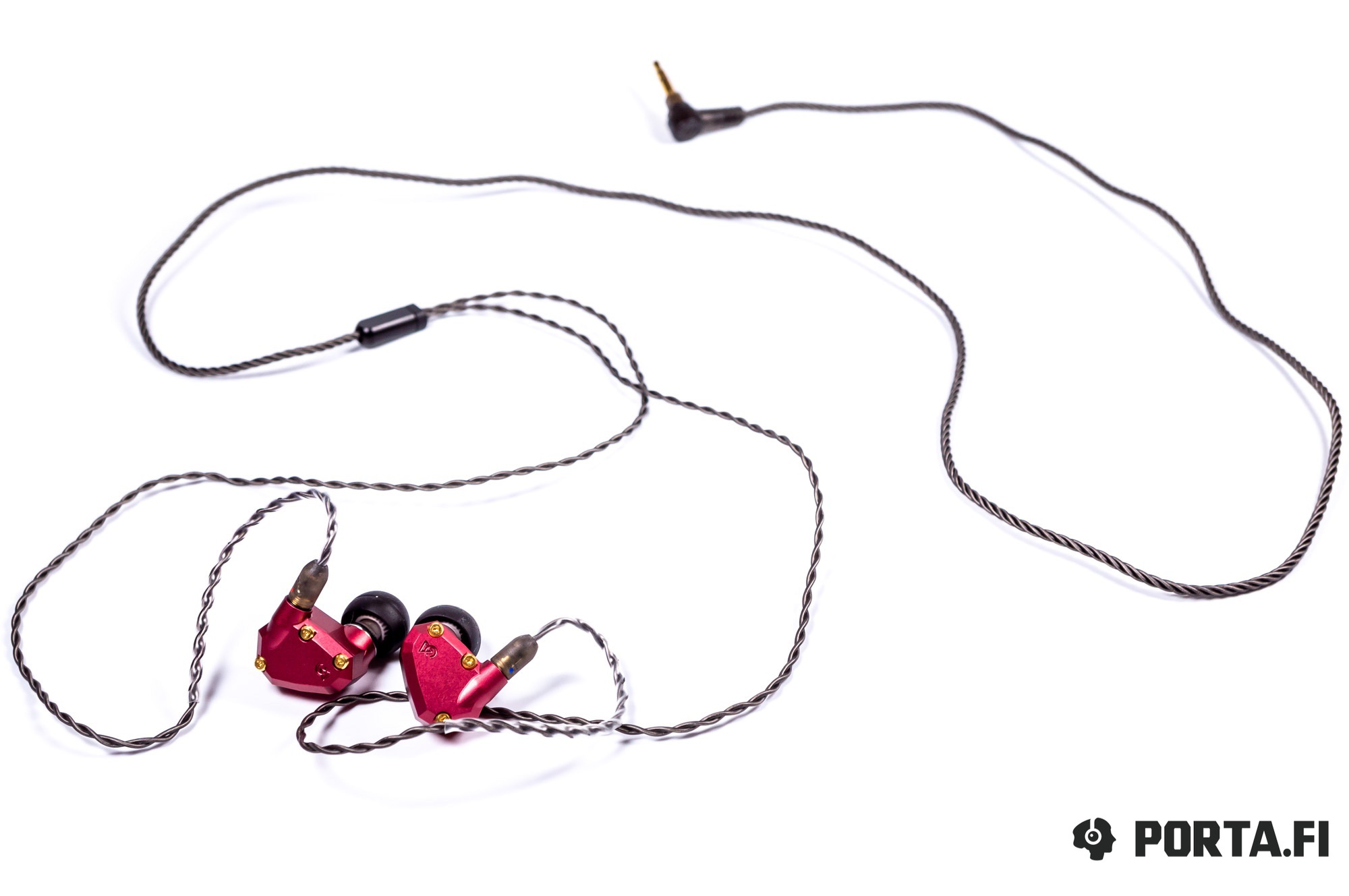
Due to the bump in upper mids the highs are somewhat masked. They have good resolution and average length. Attacks and decays are natural and this brings good naturalness in highs transmission. Despite the fact there are no peaks in highs, people that are too sensitive to this part of the range should listen to those IEMs since the peak above 1kHz can fall into the discomfort zone. I don’t have any problems with that but everyone has his own hearing. Due to the usage of T.A.E.C technology the highs have good weight and demonstrate basic layering that brings some quality to overtones.
Comparisons
There is not much sense to speak a lot here, since IO have their own character and presentation, so I will just try to compare the main differences between them and some other Campfire Audio models. Of course, I will not compare them to Solaris and Andromeda, since they are not similar to IO in any way.
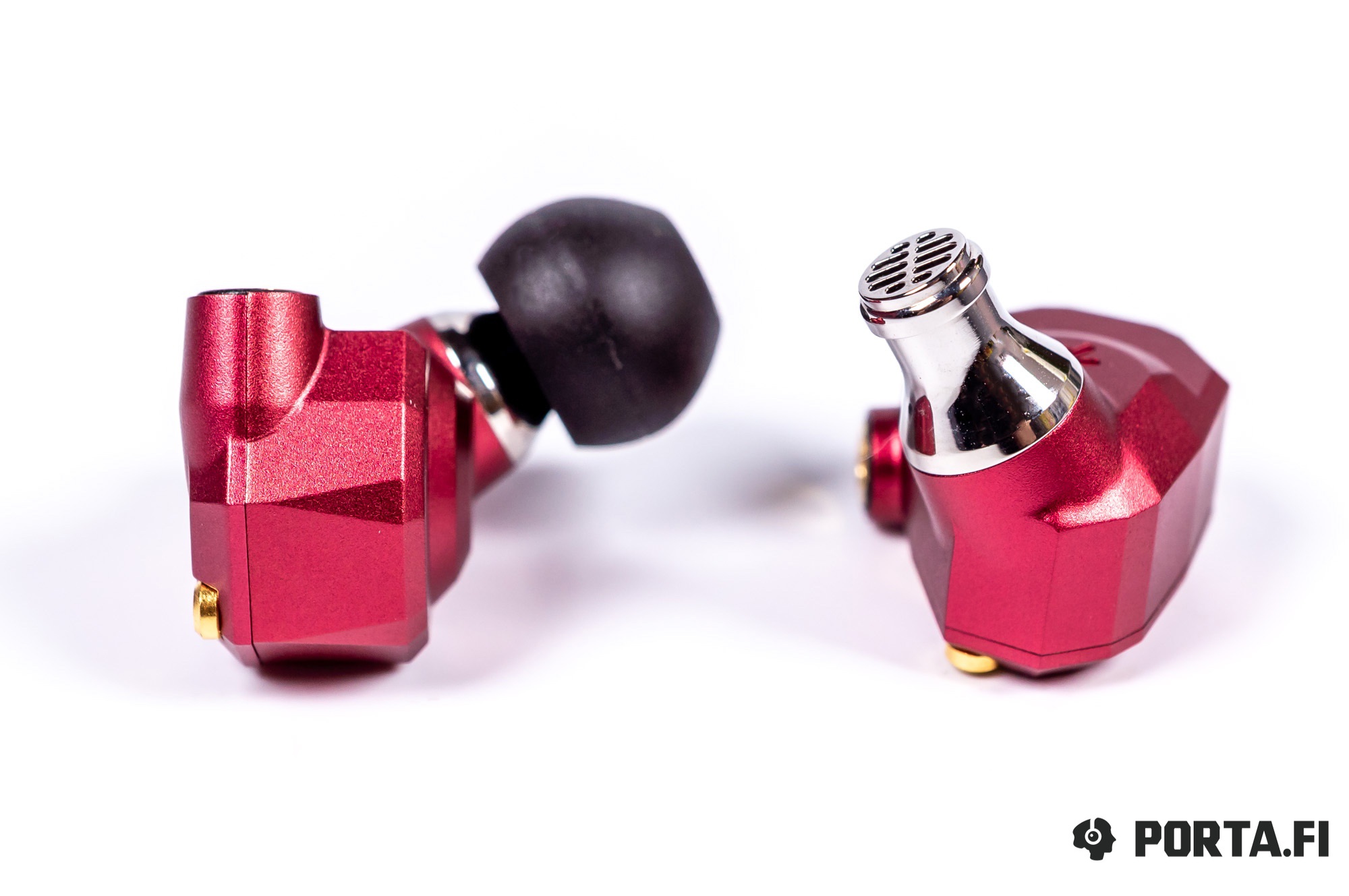
Comet The IEMs that I like a lot up to this day. They have more forward mids and significantly less accentuated highs. They are more light weighted in lows and less resolution in the upper part of frequency range.
Orion As far as I understand this model is produced no longer and I should say it’s a pity. They might end up as a good contrast addition to IO — flat single driver armatures that are good in micro details and resolution. I hope that Campfire will revise them and re-release it, although it is quite different from their house sound.
Nova The first attempt to create two-driver armature model has not been too popular, mainly because too abundant lows and audible joint between drivers. IO, apparently, have appeared as a result of Nova corrections.
Compatibility
The headphones are critical to the source presentation, so you should better choose players with neutral sound and with low noise. They do not need to much power, so you might get something like FiiO M11, Cayin N5ii or QLS 361 for them.

In terms of style IO are rather picky — acoustic recordings with female vocals are very good with them, while heavy genres somewhat lack aggression, though I should say I have liked many nu-metal recordings.
The sensitivity to quality of the recording is average, it’s important not to have problems around that peak in upper mids, so I might give them 6 out of 10.
Example tracks
Lionel Richie — Running with the Night (Live) Hi! Are you looking for a good demonstration track? Here’s a good live recording with good energy and dynamics which are transmitted by IO well bringing the good concert atmosphere to the listener. Many years of experience cannot be in vain — here we get everything live recordings are valued for. Together with quality work of sound engineer we get a great example worth listening to.
Frank Turner — Nica Begin the career in a punk post-hardcore team, get bored, release solo albums, turn to folk and end up with tales about famous women with guitar accompaniment that combines both styles. In the end your track is the example of how IO can transmit guitar and percussion well. I will just get pop-corn and go to read Frank interview and reviews of his album — there is something to read, really — he managed to get those whom he wanted to.
King Gizzard & The Lizard Wizard — Superbug What is needed to understand that you play psychodelic music? First of all -to call the band a right way, in 70s style. Then to find a sound engineer who considers clean recording a bore. You will become a star, just release a disk or two per year. The new KG & TLW album is just about that — it is the same as previous ones and this is its value. Let’s add IO to that and we get a real journey to the past.
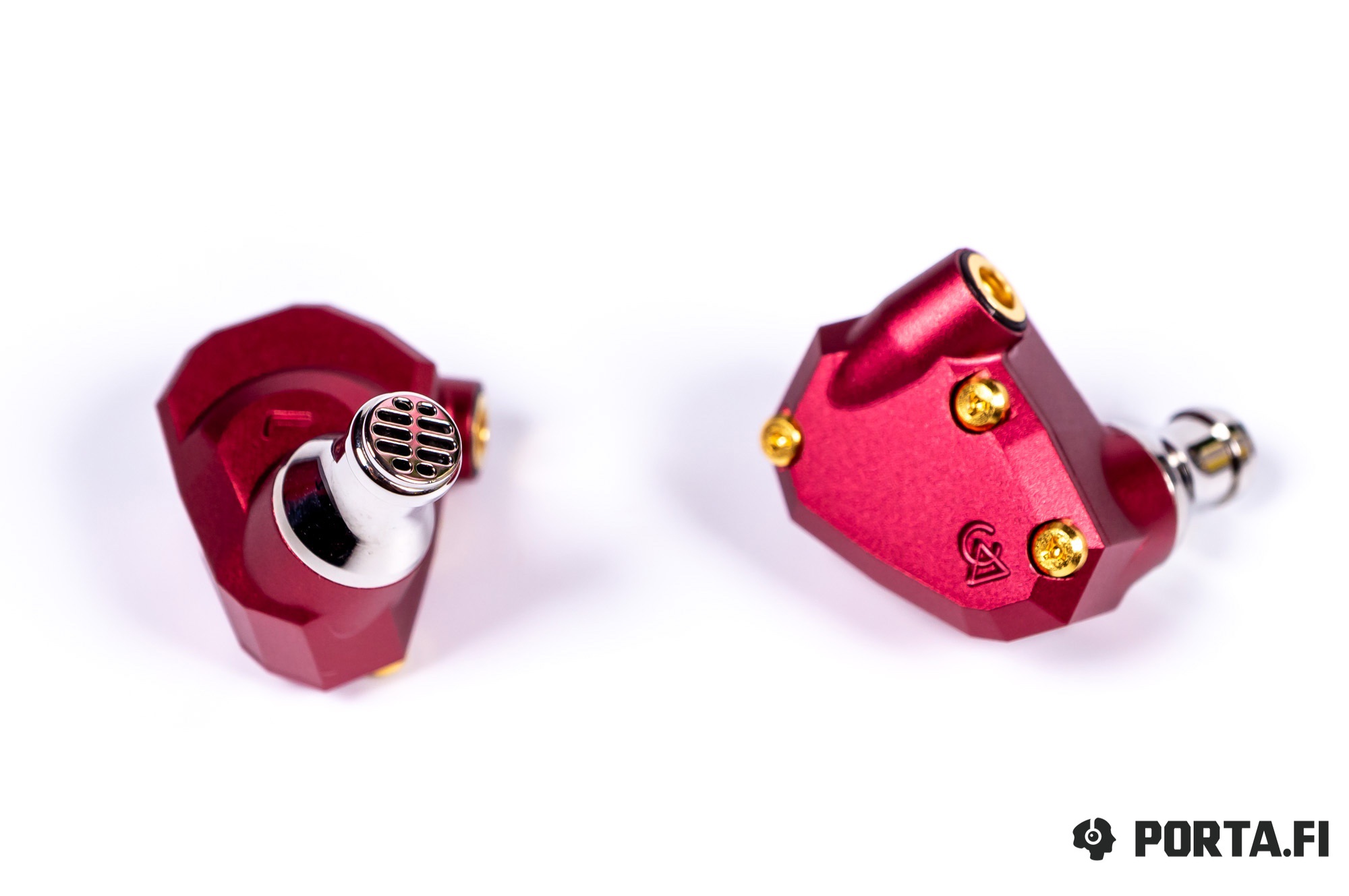
Conclusions
A brave experiment in tuning that has expectedly provided us with an unusual sound. The approached will not be liked by everyone but it is a worthwhile model to get acquainted with. You may really fall in love with presentation.
Translated by: Vadim Kolchev

